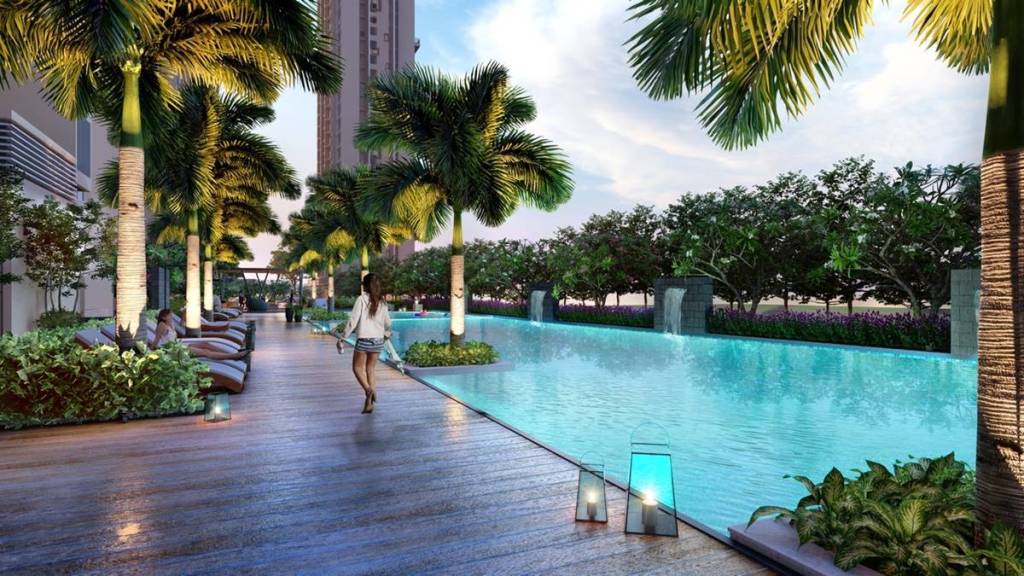The design world perhaps has witnessed a seismic shift. It has completely shifted the perspectives of the customers and propelled them towards a new norm of creative taste. As a result, the design industry is constantly evolving and adapting to fit into the new virtual reality. In an era of advanced technology, architecture and design witnessed a profound transformation. Design exemplifies a well-balanced blend of innovation and refinement. The design concept is upon creating environments that are both functional and aesthetic, marrying classic design elements with contemporary styles and preferences. Good design should transcend trends and leave an indelible impression on spaces, whether residential or commercial, and the people that inhabit them.
Designing Beyond Boundaries
Design is a commitment to constantly changing and evolving settings, as well as creating experiences that stand as testaments to the eternal synergy of form and function. A property’s allure is way beyond its structural component and an intricate barrier between aesthetics and functionality. Each element plays a vital role in redefining spaces that inspire, delight and cater to the discerning customers. Architects and interior designers, serve as a catalyst in mastering this delicate balance of art form which requires keen understanding of design principles, market trends and diverse needs of the customers.
Harmonizing Form and Vision for Every Space
The quest of creating space gives an aesthetic appeal to the potential buyers or tenants. Every architectural style tells a story and evokes a distinct emotional space. Balancing of art starts with thoughtful planning and design. Designers and architects should collaborate closely with customers to understand their needs, vison and goals for the particular property. This collaborative approach will ensure that the project is curated to strike a perfect harmony between form and function.
Defining Form and Function
A well-balanced design is characterized by Form and Function both. In design Form encompasses the shapes, visual components, and aesthetics. It adds meat to the entire visual language, materials and style. While on the other hand, Function represents a design’s intended and practical use.
Hence, the Form and Function appeal together to produce a holistic and fulfilling experience. In the future landscape, both will work together to integrate the whole process of design. This growing emphasis also means that biophilic components will get more attention. The skill of combining form and function harmoniously is a monument to human intellect and creativity within the larger fabric of design. From modern interiors that accommodate changing lifestyles to architectural marvels that stand the test of time, every project offers a different perspective on this delicate balance.
Key Elements in Design
Ergonomics is another critical aspect when it comes to designing the corporate interior. Starting from comfortable seating to proper lighting it has be designed carefully that impact employee’s health and productivity. The balance between aesthetics and functionality is equally important in offices, retail outlets and hospitality venues as it not only attracts customers but also fosters productivity, creativity and engagement among employees and guests.
Sustainability has emerged as a driving force in modern real estate landscape. From sourcing eco-friendly materials to installing energy efficient appliances, there is a growing emphasis on creating buildings that minimize the carbon footprints. For example, open-concept floor plans have become increasingly popular, offering a sense of space and flexibility that adapts to various living arrangements. Similarly, the incorporation of smart home technology allows occupants to control lighting, temperature, security, and entertainment systems with ease, enhancing both convenience and energy efficiency.
Challenges in achieving balance
One of the major challenges is to continuously evolve with customer preferences. Today’s homeowners and tenants want flexibility, versatility and sustainability in their living environments. A myriad of technical constraints makes it difficult to strike a balance between form and function. This further has led to rise in innovative design solutions that integrate technology and green building practices.
Conclusion
However, the art of balancing aesthetics and functionality is about designing the projects that enhance the quality of life whether it is a cozy home, a bustling office space or a serene retreat. The goal is to achieve a harmonious balance between form and function as this is considered as the perfection in the field of architecture and interior design. True artistry is born with the balance of practical functionality and aesthetics, creating a space that’s truly alive to the changing times and realities.
(By Anjum Jung, Principal Architect and Founder, Morph Design Company and Executive Director, Prestige Group. Views expressed are the author’s own and not necessarily those of financialexpress.com)

